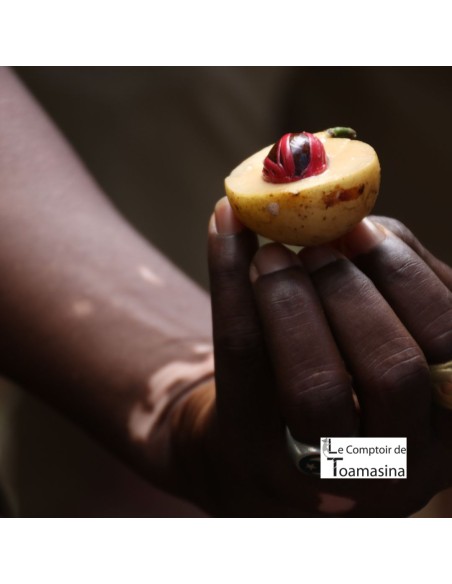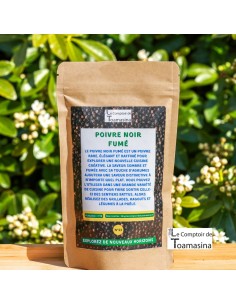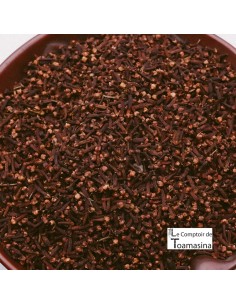Nutmeg , an aromatic treasure from the Myristica fragans tree of the Myristicaceae family, is a spice of choice in world gastronomy. Originally from the Maluku Islands of Indonesia, it is now grown in various tropical regions, including Indonesia, India, New Guinea, Sri Lanka, Thailand and Brazil, the latter being an emerging producer.
Nutmeg Cultivation in Bahia: Unexplored Potential
During an expedition in November 2019, we explored the nutmeg plantations of southern Bahia. Although production is still modest, the climatic conditions and fertile soil of Bahia provide an ideal environment for this crop.
Mace: A Unique and Refined Flavor
Mace, the orange-red envelope surrounding the nut, is a spice highly prized for its subtle taste reminiscent of cinnamon and black pepper. Perfect for savory dishes, mace is more expensive than nuts due to its rarity.
Botany: How to Grow Nutmeg
Nutmeg comes from a dioecious plant requiring cross-pollination. For optimal fertilization, a ratio of 10% of male plants is necessary to pollinate the female flowers. Ideal conditions for cultivation include a warm, humid climate with annual rainfall of 1500 to 3000 mm, well distributed without prolonged drought.
Chemical Composition of Nutmeg
The composition of nutmeg varies, but on average contains 9% water, 96.5% nitrogen, 33% fat, 5.5% essential oils, 27% starch, 3% cellulose and 2.5% ash.
Harvesting Nutmeg: A Delicate Process
The harvest begins when the plants reach 4 years of age in Bahia and 6 years of age in Indonesia. A mature tree can produce up to 1750 fruits per year, equivalent to approximately 4 kg of mace and 6 kg of nutmeg. The harvest season extends from April to September.



































